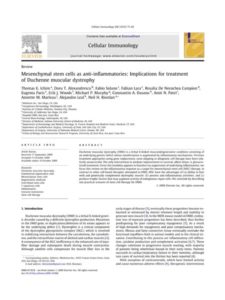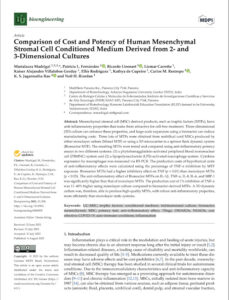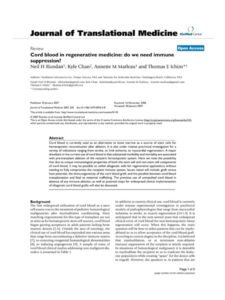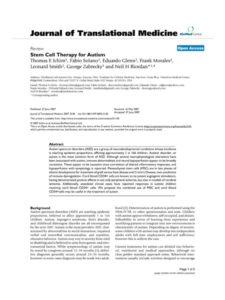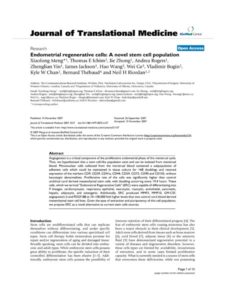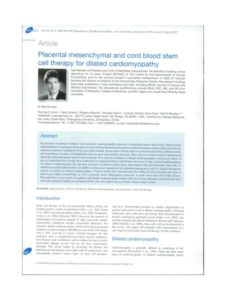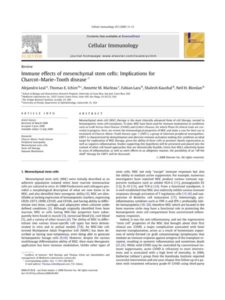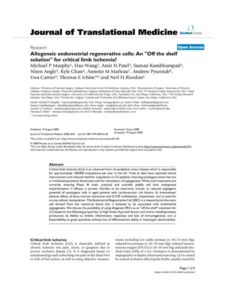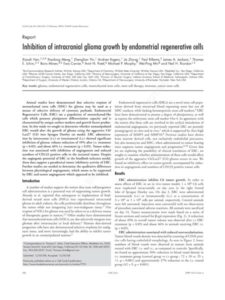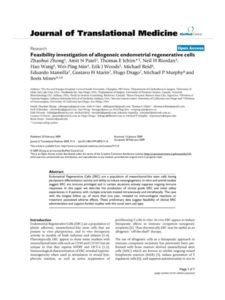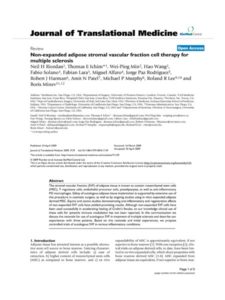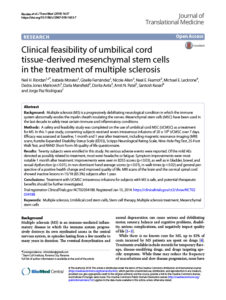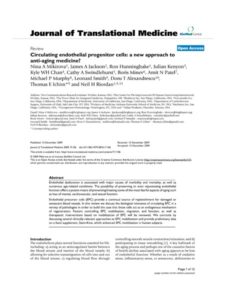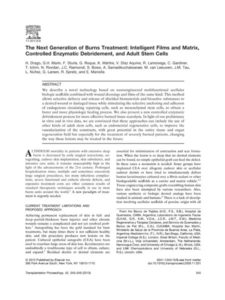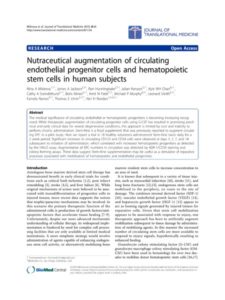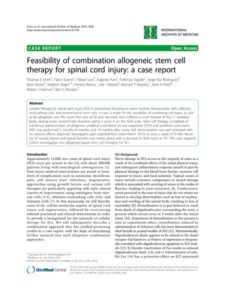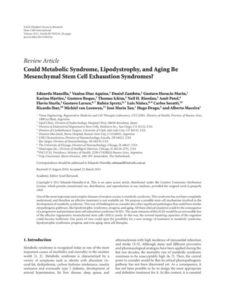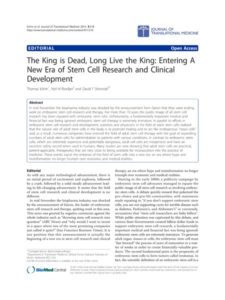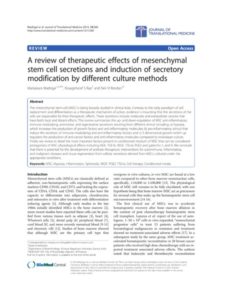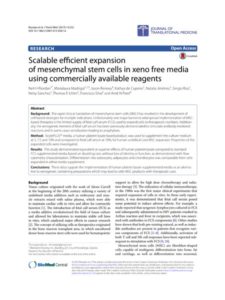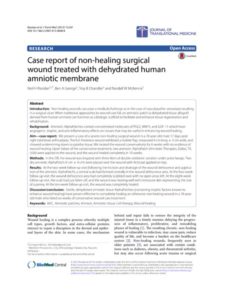Increased Level of Circulating Endothelial Microparticles and Cardiovascular Risk Factors.
J Clinic Experiment Cardiol. 2011 April 5;2:131.
Mirikova N, Casciari J, Hunninghake R, Riordan N.
Abstract
Background: Formation of micro particles is part of normal cellular function. The number of microparticles increases in conditions that cause cell stress and is the marker of exposure of endothelial cells to unfavorable plasma molecules. In our study, we analyzed contribution of different risk factors (lipoproteins, triglycerides, cholesterol, and high glucose) in development of the increased level of endothelial microparticles.
Methods and Results: We included thirty-five participants who did not have the history of cardiovascular disease, diabetes, chronic inflammatory disease or cancer.
Lipid profile, glucose, C-reactive protein, circulating endothelial microparticles (EMPs) and platelet microparticles (PMPs) were measured for all subjects. Microparticles in plasma samples of participants were phenotypes and quantified by flow cytometry. Measurements of the lipid profile, C-reactive protein and glucose were performed by established clinical laboratory tests. The levels of circulating EMPs were compared to a variety of cardiovascular risk factors. As the result of our analysis, we found that the number of endothelial microparticles was elevated for subjects with increased level of cardiovascular risk factors such as cholesterol to HDL ratio, LDL to HDL ratio and the level of C-reactive protein. Elevated number of endothelial microparticles was measured in subjects with increased level of glucose. In addition, the level of platelet microparticles was affected by the increased triglyceride and cholesterol content in plasma.
Conclusion: As the result of our analysis, we demonstrated that apoptotic microparticles were elevated at conditions of elevated risk factors. The increased level of EMPs in circulation might be an early indicator of endothelial dysfunction and cardiovascular risk.

